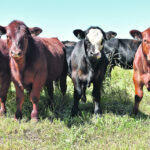There has been considerable research into intranasal vaccines and how they can improve the health of the Canadian cattle herd, especially calves. Those of us who have been around awhile can remember the first intranasal vaccines for IBR that were safe to give pregnant cows to prevent abortions from the virus. At one time we […] Read more
Stories by Roy Lewis, DVM
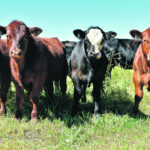
New product provides producers with viable option for lice control
Lice have been on the increase the last few years and it appears resistance to the ivermectin products may be part of the problem. As well, treatment timing, proper application, weather conditions and dosage could be factors. The type of lice can make a difference because biting lice feed on the skin surface, move around […] Read more
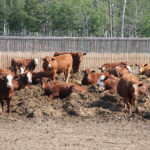
Antimicrobial market expands with new generic drugs
A widely used macrolide antibiotic used to prevent respiratory disease in cattle has come off patent. When the Draxxin antimicrobial first reached the market, there was huge uptake in the Canadian feedlot industry. Zuprevo, Micotil and Zactran, all used primarily for treatment of bacterial respiratory disease, are in the same macrolide family. Now that the […] Read more
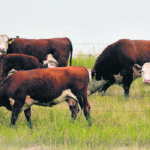
Beef industry improvements provide steady benefits
Major changes have occurred in the production of beef in our country over the last few years. Many could benefit a cattle operation. Some are pharmaceutical in nature. Others are advances in equipment, services and reduced stress cattle handling. It is promising to see advances that will improve both profitability and beef quality. Pharmaceutical companies […] Read more
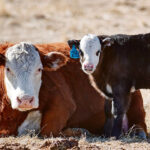
Cow-calf operations can improve biosecurity practices
COVID-19 restrictions are being relaxed. We have all learned great lessons and it will be interesting to see what biosecurity measures stand the test of time. From masks used in some situations, to workers and patrons protected in restaurants by plexiglass, these are all good measures for any communicable diseases. Recently, a research article has […] Read more
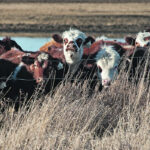
Negligible risk status will have big impact on beef sector
Congratulations are in order for the effort and dedication of the Canadian Food Inspection Agency and the Canadian Cattlemen’s Association in finally achieving negligible risk status for BSE. The international designation will allow Canadian beef exporters access to more foreign markets. Canadian beef access to many foreign markets has been restricted since 2003 when BSE […] Read more
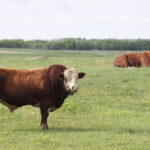
Most penile problems found in bulls can be corrected
Today, most large-scale producers have breeding soundness exams carried out on their breeding bulls yearly. Almost every purebred 12- to 15-month-old bull calf will have a breeding soundness exam performed by a veterinarian. The consistency of this exam is very good in the profession. The ReliaBull scrotal circumference tape has made scrotal circumference measurements accurate […] Read more
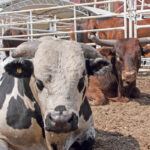
Introduce bulls properly to protect health and welfare
Nothing frustrates me more than when big bulls are unnecessarily injured. This happens a lot when bulls are introduced or reintroduced to one another. It also happens when bulls are transported together in trailers. Bull pens must be big enough to allow bulls to escape from one another. Every time we move bulls, whether for […] Read more

If branding is deemed necessary, it must be done right
Branding remains necessary in many modern cattle operations because it is still the only permanent form of cattle identification. We must make the effort to do it well. In this column, we will look at hot iron branding. A good brand should be legible from quite a distance. In Alberta, Livestock Identification Services carries out […] Read more
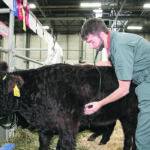
Large animal veterinarian shortage starts with students
The shortage of large animal veterinarians in Western Canada is an age-old problem that seems to be improving with time. First, we have to look at the number of seats available for veterinary students in general. There is a rumour that seats for Alberta students went up with the addition of 20 seats at Alberta’s […] Read more

